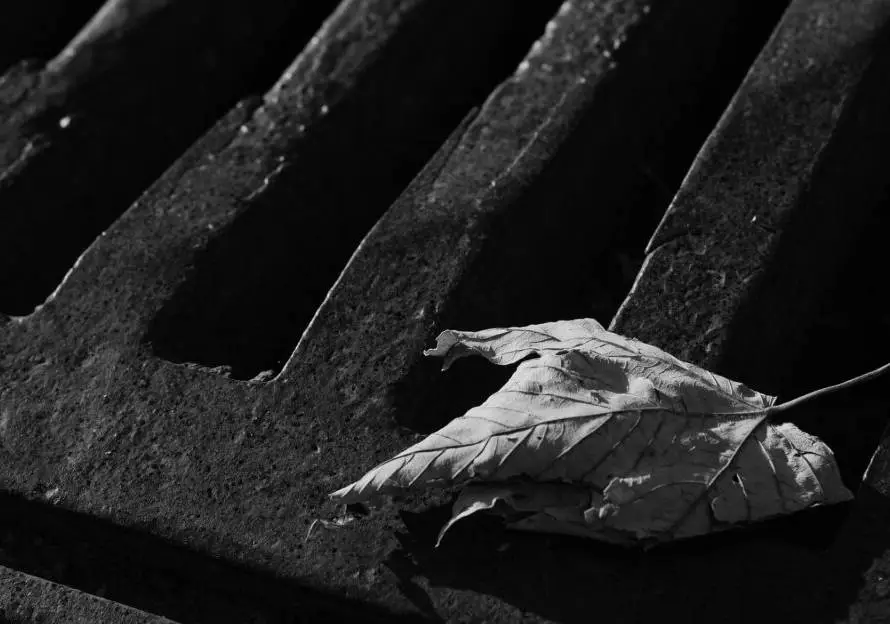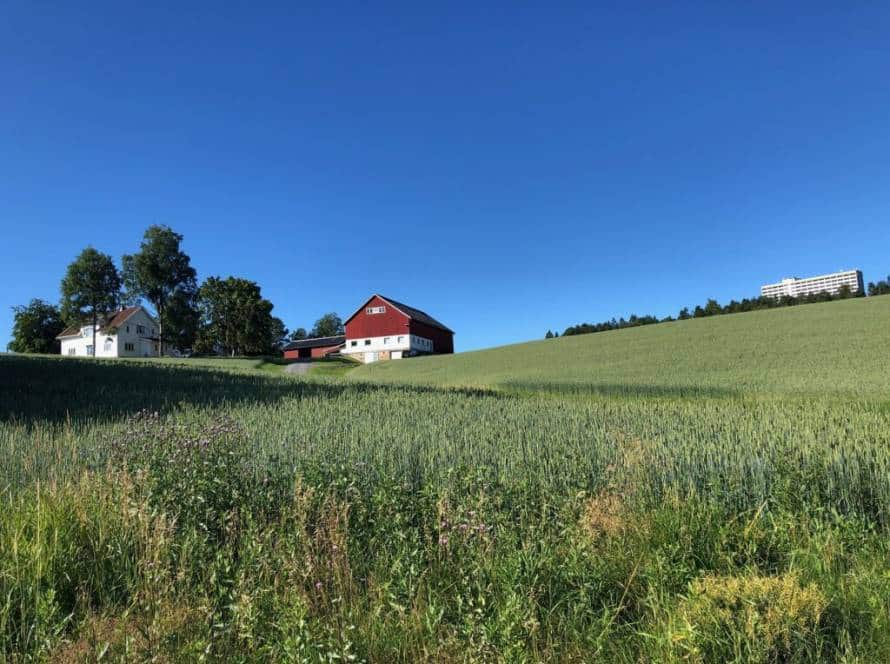So, why bother with worms and handling everyone else’s organic wastes? Surely there are better and easier ways?
For centuries the inhabitants of log cabins, villages, towns and cities have simply discarded their wastes or at best, buried them. Growing up in Sydney I had my nostrils offended by the overpowering odour of landfills or ‘dumps’ as we called them. From several kilometres away you could smell the stench and having visited a family friend’s home, several blocks away from a dump, I can testify, the stink was all through their home and possessions. Because what was dumped each day was often burned, smoke and floating debris added to the pungent atmosphere. Add to this the abundance of cockroaches, flies, scavenging birds, rodents & foxes that the dump attracted and proliferated.
Over the years legislation has insisted on no fires and the wastes to be covered each day as possible with fill resulting in less odour, floating debris, vermin, bugs and birds – but still obviously noticeable and undesirable. Pushing soil wastes and fill, as cover, potentially increases dust from the site unless this problem is adequately addressed.
With the pressures of citizens uniting against new landfills in their regions, and as landfills now encapsulate all deposits, these sites fill much quicker, thus it becomes harder to find new sites as often as needed.
I understand that in Sydney, because of the lack of new landfill sites acceptable to the communities, special trains have been developed to compact and maximise transportable wastes and deliver them to abandoned open cut mine sites, way out West. Consequently, the fees for ‘dumping’ their unwanted wastes led to severe increases to both the public and Industry.
So, the next step. If the Sydney fees are considered excessive and trucking these unwanted wastes to Queensland landfills and paying the landfill fees there is cheaper then you find hundreds of Semi-trailers each day transporting and queuing at Qld landfills.
But wait … there is more. As a consequence, Queensland reacted last July by doubling their fees to around $350 per tonne, to deter this madness. So then, I understand, not to be outdone, Sydney increased their fees further so that now it is still cheaper to transport and dump in Queensland. Thus, the lines of trucks on highways and local roads snake their way North endlessly, filling our landfills much quicker. Queensland may yet need to go West too as acceptable sites become rare here.
Scarce landfills mean added expense to all concerned – particularly for the average citizen. But further consider, as a landfill is wound up, I believe that the local authorities are responsible and insure against any further problems these ‘deposits’ may cause, for a further 30 years. So, gases emitted, ooze rising, subsidence, leachates and the rest, if they cause a nuisance, must be addressed with added expense and effort needed.
Australian landfills are in some ways very different to many others around the world. Many nations have for generations dumped in rivers and streams, everything from cars to dead bodies and everything else imaginable. Parts of America have over many years dumped barge-loads of combined wastes out at sea.
If you consider that most developed countries worldwide average from 3 to 4 plus kilograms of waste per citizen per day, and, from 54% to 70% of this landfilled waste is organic, smelly, gaseous and ooze producing, what if most of this material were recycled safely and effectively into the best topsoil, fertilizer and soil conditioners Nature can produce, using well managed worm herds?




